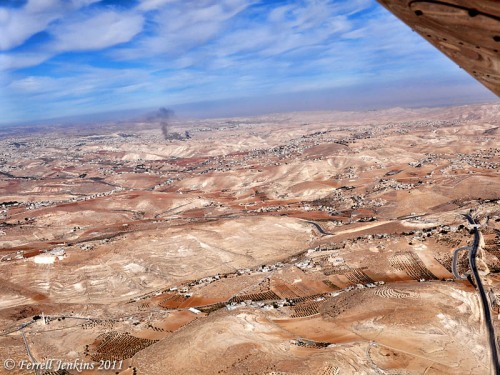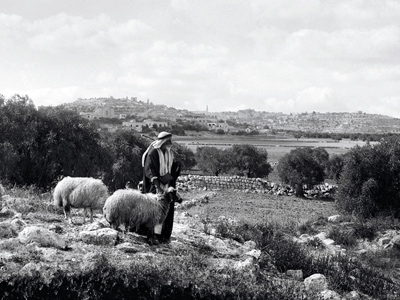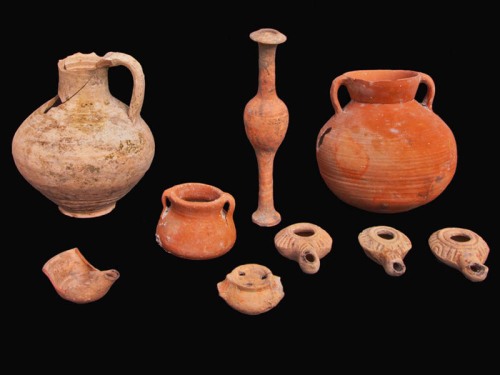Mr. Patton,
I have been a believer for quite sometime. Since I was eight. Its a miracle however I believe at all. I grew up in a Oneness Pentecostal home that was very legalistic and rigid. Since then I have changed very much in regard to my belief. I very much believe in the Trinity, justification by faith, etc. So you could say I’m pretty much orthodox now. But with all that said I have been having a bit of trouble with my faith. I’m kinda having a hard time believing in God or praying to him because I just don’t see the point in it anymore because I feel like he doesn’t answer. In fact I feel as if it pointless because he isn’t here–right here spatially—to speak with me. I dunno I just feel like with all that I have happening in my life a face to face relationship—a person to person to person conversation—is what I need from him. And I can’t have that. I mean it is as if God is a distant uncle with whom I send letters (prayers) and he sends a postcard. Is it enough to just say that God has spoken through his word so he doesn’t need to speak now? I don’t feel like it. Why couldn’t of Jesus just stayed here albeit in a ubiquitous form? That way I could talk to him. I know he is the Father’s representative to man and for man so why not stay here where he can be physically accessible?
__________________________________
My friend,
Thanks so much for writing and for your honesty. Your thoughts, it might comfort you to know, are not uncommon. The problem you speak of is called in theological circles the “hiddenness of God.” Why is God so hidden? It is hard to know exactly why, but the fact of his hiddenness is something the Bible speaks of very clearly. In
Acts 1 the angels say “Why do you stare into heaven. . . He will come back just as you have seen him go.” In other words, you will not “see” him again until he comes back. Christ told his disciples in the upper room before his death that it is “better for you if I go because I will send the Comforter.” I often think “It is NOT better for you to go because I cannot see or hear the Holy Spirit.”
I believe that our naked belief (i.e. without empirical experience) is what God calls on us to have right now. We do have to “limp” through this life without having seen God or Jesus, yet believe in him. I don’t have any perfectly sound theological reason why God is not more empirically evident in our lives (though I will give some thoughts below). My more charismatic friends would disagree, as you probably know. However, I have called and called to God to show himself to me. In my darkest times (and against my better theological judgement), I have groped for a sign of his presence, love, even his very existence! Angels, Jesus, a sound, or some type of miracle would be sufficient. I remember two years ago when I was going through my depression. I stayed up all night crying, sitting in my car in the garage yelling at God, asking him to just do something—
anything! The silence at that time was deafening. It was painful. It hurt my feelings at a very deep level that the all-powerful God would not perform the most simple of tasks. I thought, “God, if you are so great and love me so much why are you
sosilent? Why now? Why when I am this depressed? Just do something!”

But I think the empirical silence of God is normative for the Christian life. Philip Yancy says that we have to work with “rumors of another world.” In fact, ironically, if God were not empirically silent, the Bible would be in error. Peter says, “And though
you have not seen Him, you love Him, and though
you do not see Him now, but believe in Him, you greatly rejoice with joy inexpressible and full of glory, obtaining as the outcome of your faith the salvation of your souls” (1
Pet. 1:8-9; emphasis mine). You see, Peter here assumes that those in his day—even those so close to the life and death of Christ—have not seen Christ (or God or the Holy Spirit). Peter’s point would be moot if he did not mean to include all other forms of experiencing God empirically. The fact is that when Christ ascended into heaven, that was the last we have seen or heard from him
in such a way. The door to the “other side” was shut.
If Peter’s statement was not enough, the Apostle Paul also says that the Christian life is a life following after the
unseen: “So we fix our eyes not on what is seen, but on what is unseen. For what is seen is temporary, but what is unseen is eternal” (
2 Cor. 4:18). He goes on by telling us that we “live by faith, not by sight” (
2 Cor. 5:7). Christ even told Thomas, who needed to see him before he believed, ”Because you have seen me, you have believed; blessed are those
who have not seen and yet have believed” (
John 20:29; emphasis mine). The “those who have not seen” are us, and we are many. John could not be more clear here: “If someone says, ‘I love God,’ and hates his brother, he is a liar; for the one who does not love his brother whom he has seen, cannot love God
whom he has not seen (
1 John 4:20, emphasis mine). John does not say, “Whom he has
probably not seen.” He works under the assumption that everyone reading his letter has not seen God, Christ, the Holy Spirit, and (if I can be so bold) the “other side.” Finally, the author of Hebrews defines faith as something hoped for which is not seen: “Now faith is the assurance of things hoped for, the conviction of things
not seen” (
Heb 11:1; emphasis mine). The very definition of our faith is that we have conviction about truths that cannot be
empirically verified.
This does not mean that faith is irrational. It just means that we should not expect to have it verified through our senses.
I am not saying that I have not seen God work in my life. I certainly have. However, my thinking and interpretation of his “movements” is possessed by my belief that he is moving in my life in non-dramatic ways. I see him in everything. I see him even in this email you sent to me. I believe that it is a “God thing.” Why? Because I am convinced of the central truths of Christianity and the reliability of the Bible. I feed off of this (even though I would rather have a periodic conversation with Christ face to face). We work with what we got: trusting God knows what he is doing.
However, I do believe that the silence of God serves a definite purpose. God’s silence, ironically, may serve to keep us productive in this life. It may keep us from (and I am getting dramatic here) committing suicide. Let me illustrate (as I have done before) by referencing my favorite show Justice League! It was an episode where Flash went so fast that he actually began to die and cross over to the “other side.” The molecules in his body were completely unstable and he was stuck between this world and the next. When prodded to come back, Flash had a hard time. He said, “But it is so beautiful over here.” Watch it here:

You see, the lines were blurred between this life and the next and Flash wanted to go to the next. He could not concentrate on this world any longer due to his exposure to the next. In other words, he wanted to die due to his empirical exposé to the “other side.” He needed to have an experiential breach between this life and the next in order to remain here and accomplish his mission(gettin’ them bad guys). When “rumors of another world” turn into “experience of the other world,” we lose sight of this world.
I don’t think this story is too far from reality. You and I also need an experiential (empirical) breach from the “other side.” We need not to see Jesus. We need not to talk to Jesus. We neednot to hear Jesus.
Let’s look at the example of the Disciples of Christ. The Disciples, understandably, did not want Jesus to die. When he spoke of his death, they were so bold as to desire to die with him. Thomas, of all people,—
doubting Thomas—when he thought Jesus was going to die, said to the other disciples, “Let us also go, that we may die with Him” (
John 11:16). I love it! A call for death in the name of the Lord! What a simple faith this expresses. Peter was no different when he said “Lord, with You I am ready to go both to prison and to death!”(
Lk. 22:33). All who were with Jesus had empirical evidence of the “other side” in the person of Christ and they were not willing to let that go, even to death. In
Acts 1:6, they still had hope that Christ had blurred the lines permanently: “Is it at this time you are restoring the kingdom to Israel?” But they had to watch as Christ was taken into the sky, never to be seen again until his second coming (
Acts 1:9-11). The point is that the disciples would have gladly gone on a suicide mission with Christ if it meant a continuation of their exposure to the “other side” in the person of Christ.
You and I would do the same. Were God to show himself in the ways we so often think he should,—were he to do things the way we would do them—we would probably never be able to accomplish our mission. We would continually be wanting to die in order to cross over. We would be like Flash, having empirical involvement in the world to come, but still having one foot in the previous world. However, unlike Flash (who had Superman and Wonder Woman pulling him back!), we most definitely would cross over. Why wouldn’t we? The mysterious would be unmysterious. The lines between this life and the next would be so blurred that we would not hesitate to take that extra step of death, even by our own hand. At the very least, if God were to talk to us face to face, we would never get enough.
While I don’t claim to have all the answers as to why God does not allow us to experience him in such empirical ways, I suspect there is some truth to what I have said here. It is odd to say, but God’s silence may actually preserve his mission for us. The ability to be stable here in this life is actually facilitated by God’s (empirical) silence. I am not saying this is the only reason God is silent, but it does make sense.
Most importantly, while we should not expect to see God with our eyes nor hear him with our ears, God is not ignoring us. His presence is evident and he is not silent. He just moves in very unconventional ways!
Keep the faith my brother. If Christ rose from the grave, then we will one day see him face to face. Until then we will fight the good fight and run the race with our eyes set on the future.








